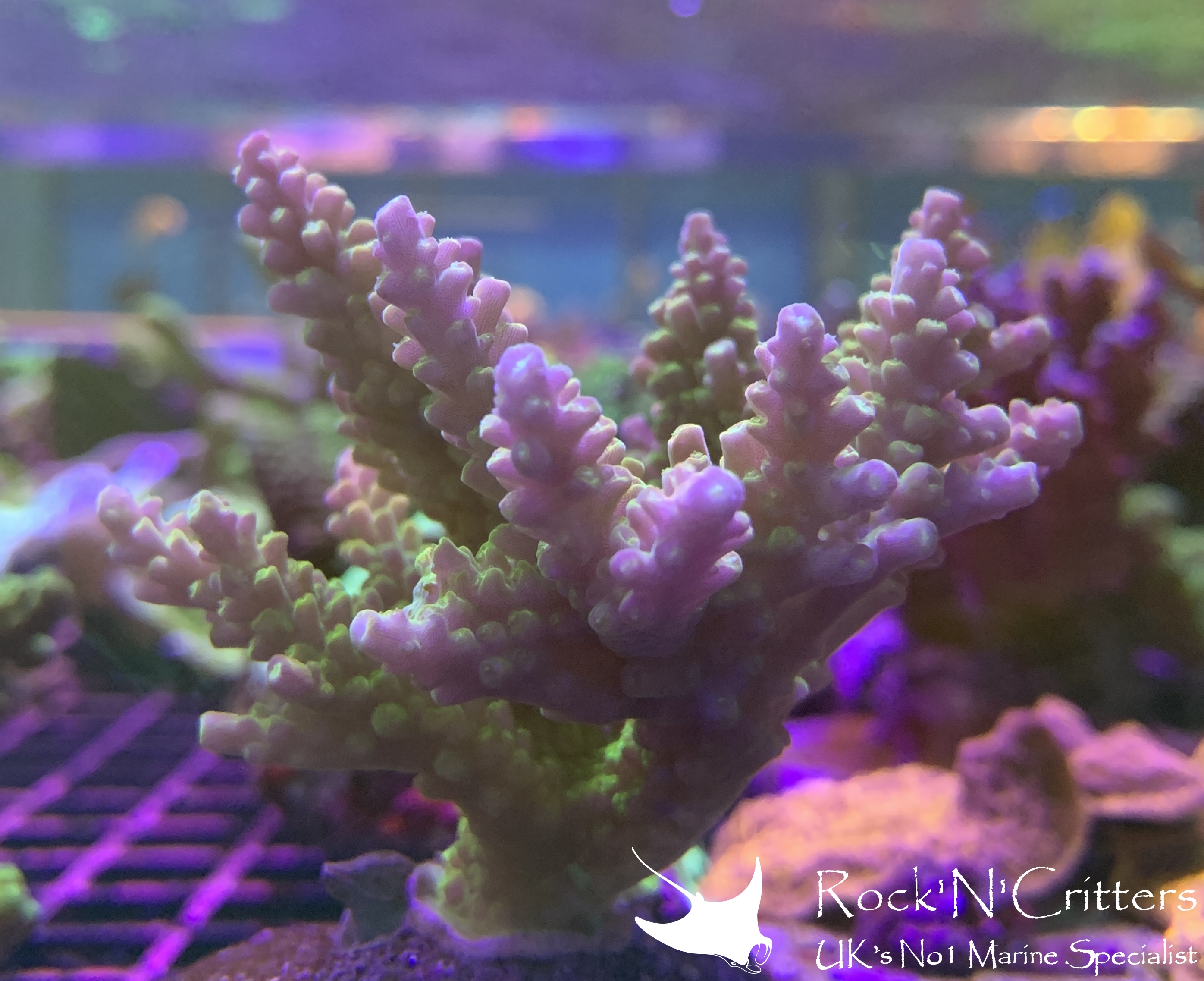
What is a Coral Colony?
A Coral is an animal with a calcium carbonate skeleton covered in tissue and polyps. These polyps can be either small or large depending on the type of coral, hence LPS - Large Polyp Stony coral or SPS - Small Polyp Stony Coral. These polyps are identical to one another and replicate when the coral grows. They essentially 'colonise' an area on the reef by asexual reproduction which gives way to the name 'Coral Colony'. In the hobby we tend to use the term colony to define the size of a coral which can be quite subjective depending on who you speak to. A generally well accepted definition of what constitutes a colony is when the coral visually represents what the natural growth form of the coral is at its full size. This is easier for the likes of Acropora where one branch would be a frag and multiple branches which look just like a miniature version of the larger coral would be considered a colony or specifically in this scenario a 'mini colony'. It's more difficult for corals like Favia or Montipora where the growth is flat and encrusting. Defining 'colony' size of this coral is subjective but I would say it's somewhere around the size of a coffee coaster or larger, but again this is really subjective.
 |
 |
On the left is a Strawberry Shortcake frag and on the right is a Strawberry Shortcake colony.
To really put it in perspective, corals on the actual reef can reach huge sizes and the corals that we in the hobby define as Colonies are in all honesty just frags of the original huge corals in the reef so it really is subjective all the way back to the ocean.
You can see our frags and colonies for sale in the livestock section of the website;
Or read more about what a frag is here;